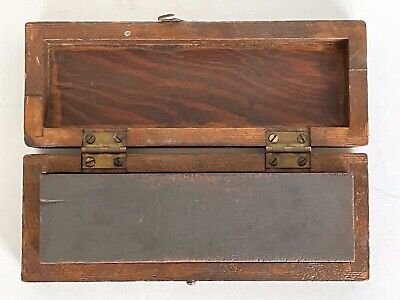Just for fun I decided to touch up my razor with an old barber hone today.
The last time I experimented with them I was a pretty inexperienced honer, and my results were pretty poor. In hindsight I think the main problem was I was used to big hones like the Norton, and struggled with the size of a BH.
Today, not such a bad shave. I mean, I'm not planning on going out and selling all my natural hones any time soon, but it worked. I could see if you were living in the olden days and you just wanted something for maintenance, a barber hone would be preferable to buying spare razors, or paying the barber to touch them up for you every couple of weeks.
If you haven't tried one, give one a go. They are usually pretty inexpensive to pick up.
The last time I experimented with them I was a pretty inexperienced honer, and my results were pretty poor. In hindsight I think the main problem was I was used to big hones like the Norton, and struggled with the size of a BH.
Today, not such a bad shave. I mean, I'm not planning on going out and selling all my natural hones any time soon, but it worked. I could see if you were living in the olden days and you just wanted something for maintenance, a barber hone would be preferable to buying spare razors, or paying the barber to touch them up for you every couple of weeks.
If you haven't tried one, give one a go. They are usually pretty inexpensive to pick up.



